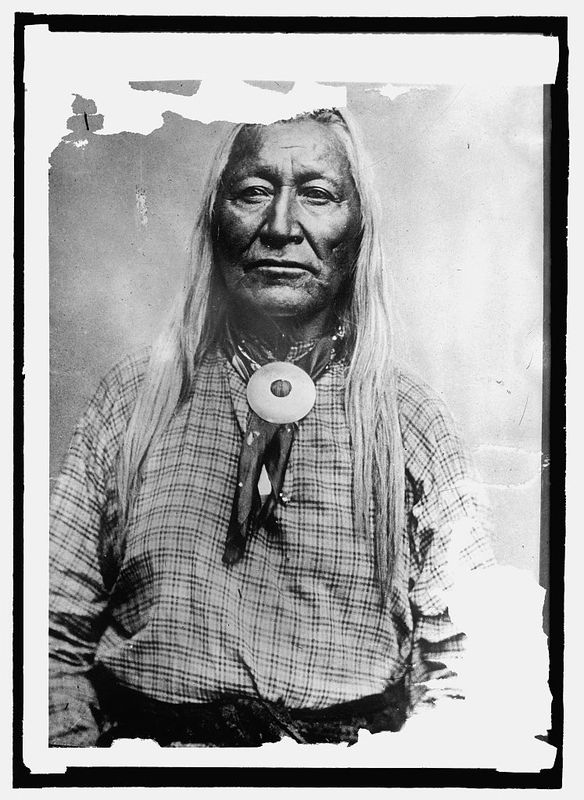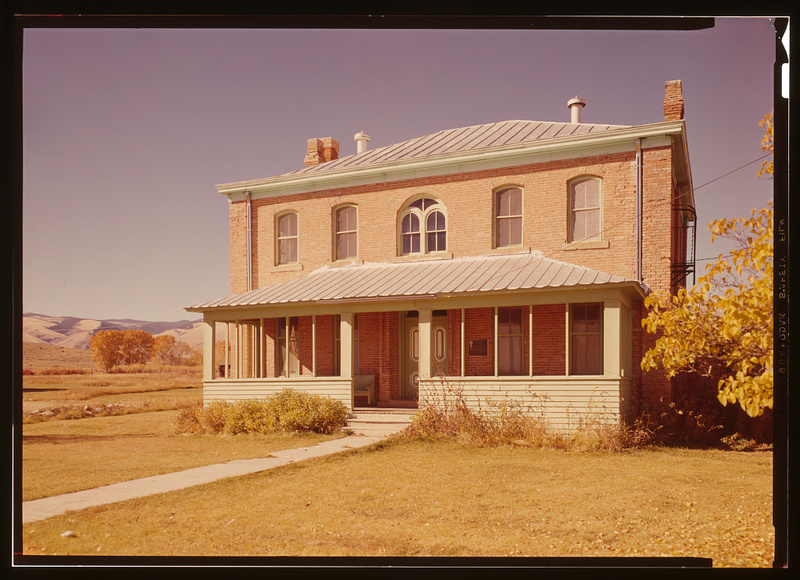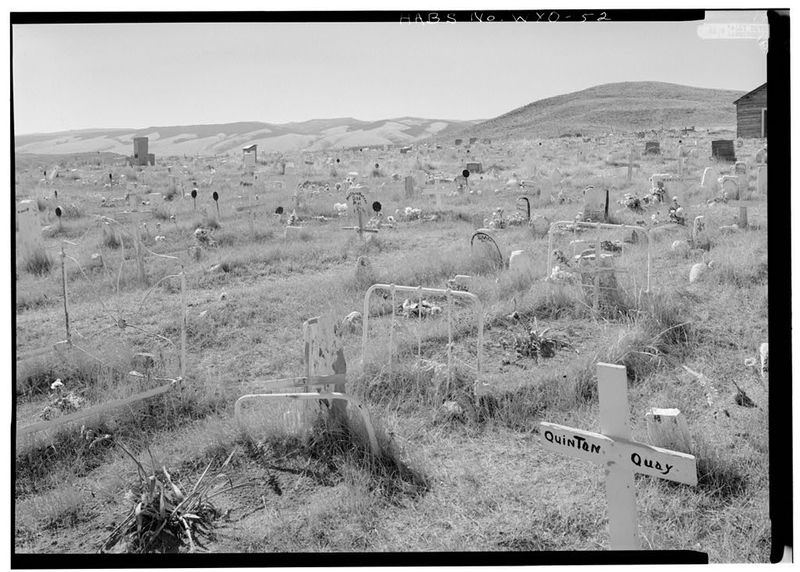Creation of Wind River Reservation

“The Wind River Valley which is the favorite hunting ground for these Indians, will be the most suitable locality…” -Luther Mann Jr., Indian Agent over the Fort Bridger Indian Agency
The Eastern Shoshone tribe occupied the region north of Utah and around Fort Bridger. After Mormon pioneers began settling the area around Bear River, Shoshone Chief, Washakie, and his band of Eastern Shoshone were forced to leave the region. Washakie was known for his peacekeeping. Federal officials favored him because he tried to keep peace between his tribe and white settlers. While Washakie was successful in keeping relative peace between his people and the setters moving into Shoshone territory, he still fought for his people. After signing the Fort Bridger Treaty of 1863, Washakie determined that his people needed a permanent place to settle.
Looking for an area to set aside as a reservation, the Wind River Valley in western Wyoming was at the top of the list. Indian Agent, Luther Mann, was the first to recommend the area for a possible reservation. He said that it was “one of the finest valleys in the mountains.” The Eastern Shoshone used the region as their winter hunting grounds because of the large herds of buffalo. However, it took nearly a decade for a reservation to be set aside. One superintendent over Indian Affairs mentioned in his reports that “the Wind River Valley which is the favorite hunting ground for these Indians, will be the most suitable locality, unless it shall be found to be rich in mines of gold and silver and springs of petroleum.” Unfortunately, Indian affairs did not take precedence over a higher federal agenda. Establishing peace with the Native Americans was important, but it did not trump the possibility of gold.
However, the reservation was finally established by treaty in the Fort Bridger Treaty of 1868. Although Washakie and the Indian agency had been campaigning for a reservation for years, the reservation was organized as a protection for the white settlers. The Indian wars on the plains were coming further west, which concerned many white settlements. Incidents on the Bozeman trail and raids on mining communities left white settlers fearful. Seeing an opportunity to protect the settlements, the reservation was created as buffer between the warring tribes and the white settlements. The Eastern Shoshone have maintained the reservation since 1868. Washakie continued to lead his people from the reservation.
Images


